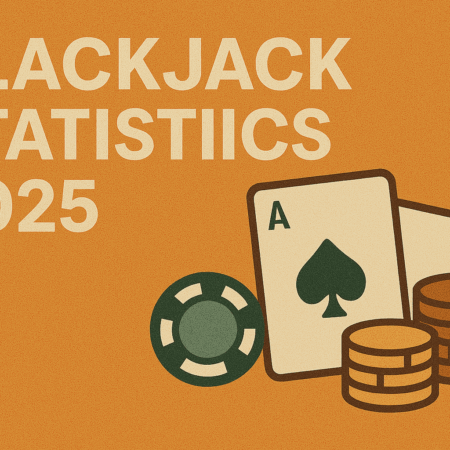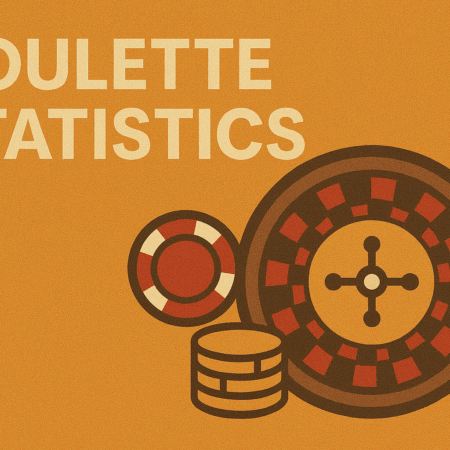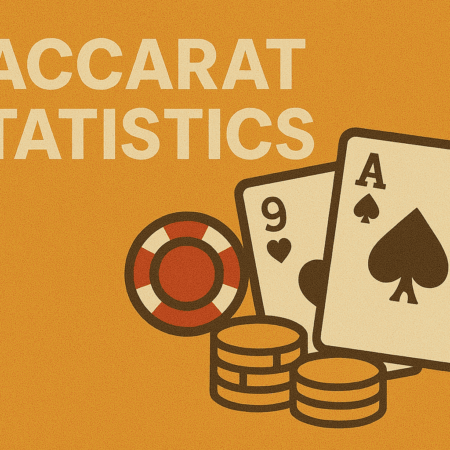In 2025, Bitcoin remains the cornerstone of the cryptocurrency world. From its humble beginnings in a 2008 whitepaper to becoming legal tender in countries and a core holding in institutional portfolios, Bitcoin’s impact on global finance is undeniable. But what is Bitcoin, really? How does it work? And why does it matter more than ever in 2025?
- Sign-Up Offer
- FREE 500 GC + 3 SC
- No purchase necessary
- 100% First-Purchase Boost
- Daily Login Bonus: 10 FS
- Social Media Contests
- VIP Exclusive Rewards
This guide provides an in-depth yet accessible explanation of Bitcoin—its origins, mechanics, use cases, and future outlook.
What Is Bitcoin?
Bitcoin (BTC) is a decentralized digital currency that operates without a central authority such as a bank or government. Instead, it relies on a peer-to-peer network, where transactions are validated by network participants using cryptographic principles and recorded on a public ledger known as the blockchain.
Launched in January 2009 by the pseudonymous creator Satoshi Nakamoto, Bitcoin was the first successful implementation of a digital currency that solved the “double-spending” problem without needing a trusted intermediary.
A Brief History of Bitcoin
- 2008: Satoshi Nakamoto publishes the Bitcoin whitepaper: “Bitcoin: A Peer-to-Peer Electronic Cash System.”
- 2009: The Bitcoin network launches. The first block (Genesis Block) is mined.
- 2010: First commercial transaction (10,000 BTC for two pizzas).
- 2013–2017: Rapid adoption among retail users and traders.
- 2017: Bitcoin hits $20,000 for the first time, sparking global attention.
- 2021: El Salvador adopts Bitcoin as legal tender.
- 2024–2025: Bitcoin ETFs gain traction; halving reduces mining rewards from 6.25 BTC to 3.125 BTC per block.
By 2025, Bitcoin has weathered multiple market cycles and emerged as a maturing asset with growing institutional and geopolitical relevance.
How Does Bitcoin Work?
1. Blockchain Technology
At the core of Bitcoin is a blockchain—a decentralized and immutable ledger of all transactions. Each block contains:
- A timestamp
- A list of recent transactions
- A reference (hash) to the previous block
Once validated by the network, a block becomes a permanent part of the chain.
2. Mining and Proof-of-Work
Bitcoin uses a consensus algorithm called Proof-of-Work (PoW):
- Miners compete to solve cryptographic puzzles.
- The first to solve it adds the next block to the blockchain and earns a block reward (currently 3.125 BTC).
- This process secures the network and distributes new coins.
3. Wallets and Addresses
To use Bitcoin, users need:
- A wallet: Software (hot) or hardware (cold) storage for private keys.
- A Bitcoin address: A public identifier used to send or receive BTC.
4. Limited Supply
There will only ever be 21 million BTC. This programmed scarcity is one reason Bitcoin is often compared to gold.
Why Bitcoin Matters in 2025
Store of Value
Amid inflation and economic uncertainty, Bitcoin is increasingly viewed as “digital gold.” Its predictable supply and decentralized nature make it a hedge against fiat currency debasement.
Financial Sovereignty
Bitcoin enables users to:
- Control their own money
- Transact across borders
- Avoid censorship or asset seizures
This is especially relevant in countries with unstable financial systems.
Institutional & Governmental Adoption
In 2025:
- Bitcoin ETFs are available in major markets like the U.S., EU, and Asia.
- Pension funds, endowments, and corporations are holding BTC as a treasury asset.
- Multiple developing countries are exploring or implementing Bitcoin as legal tender or a reserve asset.
Developer and Layer-2 Innovation
The Bitcoin ecosystem is expanding:
- Lightning Network: Enables near-instant microtransactions with low fees.
- Sidechains and RSK: Add smart contract capabilities.
- Ordinals and NFTs on Bitcoin have also emerged as a new frontier.
Challenges and Criticisms
- Volatility: Despite maturing, Bitcoin remains a highly volatile asset.
- Regulatory Pressure: Governments continue to debate taxation, surveillance, and legal status.
- Environmental Concerns: Mining consumes energy—though 2025 has seen major improvements in renewable-powered mining operations.
- Scalability: While the Lightning Network helps, Bitcoin still faces transaction speed limitations compared to newer blockchains.
Bitcoin Price and Market Trends in 2025
As of mid-2025:
- BTC Price: Fluctuating between $55,000 and $75,000 USD
- Market Cap: Over $1.2 trillion
- Active addresses: More than 50 million
- Hashrate: At an all-time high post-2024 halving
Bitcoin is becoming more integrated into the financial mainstream, even as it retains its ideological roots in decentralization and privacy.
The Future of Bitcoin
Bitcoin is no longer just a speculative asset—it’s part of the global financial fabric. Its next evolution likely includes:
- Broader retail and merchant adoption.
- Integration into CBDC-resistant financial tools.
- Increased institutional on-chain activity via platforms like Ark and BlackRock.
- Growth in Bitcoin-native DeFi or “meta-protocols” leveraging its security base.
Its durability and decentralized foundation suggest that Bitcoin will remain a key player in digital finance for decades to come.
Frequently Asked Questions (FAQ)
What makes Bitcoin different from traditional money?
Bitcoin is decentralized, has a fixed supply, and operates without intermediaries like banks or governments. It’s not issued or controlled by any central authority.
Is Bitcoin legal in 2025?
Yes, in most countries. Bitcoin is legal in the U.S., EU, Canada, Japan, and many other nations. However, some countries have partial bans or restrictions. Always check local regulations.
How do I buy Bitcoin in 2025?
You can buy Bitcoin on reputable exchanges such as Coinbase, Kraken, or Binance. Peer-to-peer (P2P) platforms and Bitcoin ATMs are also available in many regions.
Is Bitcoin safe?
Bitcoin’s network is highly secure thanks to its decentralized nature and PoW consensus. However, users must protect their private keys and be wary of scams or phishing attacks.
Can Bitcoin be hacked?
The Bitcoin network itself has never been hacked. However, centralized exchanges and poorly secured wallets have been targeted in the past. Use hardware wallets and enable two-factor authentication.
What is the smallest unit of Bitcoin?
The smallest unit is called a satoshi (0.00000001 BTC). In 2025, many apps allow sat-based payments, making Bitcoin more usable for everyday purchases.
Will Bitcoin be replaced by another cryptocurrency?
Bitcoin’s first-mover advantage, security, and decentralization give it a unique status. While other cryptos may innovate faster, Bitcoin remains the foundation of the crypto economy.
What’s next after Bitcoin’s 2024 halving?
The halving reduced mining rewards, increasing scarcity. Historically, halvings have preceded price surges due to reduced supply. In 2025, Bitcoin remains on a bullish trajectory.
Final Thoughts
Bitcoin is no longer just a radical tech experiment—it’s a global monetary revolution. In 2025, it’s more resilient, useful, and influential than ever. Whether you’re a curious beginner or a seasoned investor, understanding Bitcoin is essential to navigating the modern financial landscape.
Ready to dive deeper into crypto? Explore more beginner guides and insights at Clovr.com.






 Canada
Canada Deutsch
Deutsch Español
Español Português
Português